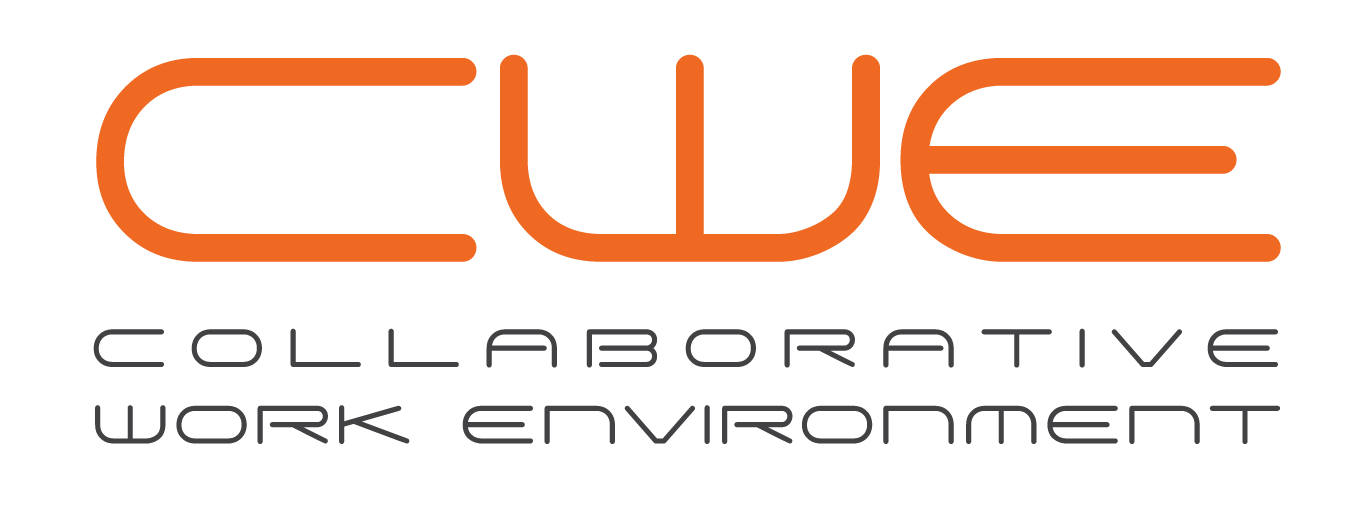Over the last few years it has become increasingly popular for companies to align their values with their investments. Good stewardship when it comes to global concerns is part of doing business. Consumers care deeply about who they are buying from, not just what they’re buying. Organizations now seek to make a positive impact on the world around them, but it can be difficult to know where to start. In this 5 part blog series, we have discussed how organizations can evaluate and improve their socioeconomic efforts using ESG. CWE can help you stand out in the crowd.
What is ESG?
ESG stands for Environmental, Social, and Governance. These three factors consider the impact an organization has on itself, its customers and the community. In today’s climate, pun intended, adopting ESG measures is important for businesses of all sizes when considering future growth and profitability.
Organizations with unique building portfolios and continuous acquisition activity require an ESG data management program that is flexible and system agnostic. CWE’s ESG program includes integrates cloud capabilities covering five pillars:
- Operational Excellence
- Security
- Reliability
- Performance Efficiency
- Cost Optimization
These capabilities support data integration, cloud analytics and reporting.
There are four main components to the program:

For organizations to leverage existing investments in systems and applications in a disparate, heterogeneous environment, the core strategy will require a multi-layered approach. The first layer will focus on existing applications and continuing to support the transactional systems at each specific location. Each system will be evaluated across functional specifications and unique site requirements. The applications will have to support a data-driven decisioning system. Transactional systems will provide a summary of data that can be stratified and mapped to common standards and semantics. An integration layer will collect and transform this data to be delivered to a centralized reporting layer.
functional specifications and unique site requirements. The applications will have to support a data-driven decisioning system. Transactional systems will provide a summary of data that can be stratified and mapped to common standards and semantics. An integration layer will collect and transform this data to be delivered to a centralized reporting layer.
The initial phase of deployment will focus on minimum reporting requirements and immediately available data. As we begin to operationalize data delivery, a plan will be established to meet each source at its most stable integration capability. An example could be a published API or in a simple CSV export that is routed to a centralized inbox and scripted for automated processing.
With a single data model, we will work with key stakeholders to create a series of visualizations that help the organization see its data in new, innovative ways. This allows for better understanding of operations, expenses, delivery models with suppliers, and helps process improvement teams identify opportunities, justify them, and track performance. This reporting capability will drastically help ESG teams tell more impactful, accurate stories.
This strategy enables Best-of-Breed technologies to continue operating and reduces the change management and investment needed on behalf of the organization. Additionally, organizations will be able to plug in and unplug data sources as it becomes available or as new acquisitions merge into the portfolio. The flexible visualization tool will continue to enhance as endpoints become available.
Technical Infrastructure
Using infrastructure as code, we can rapidly deploy, acquire, assess, and integrate data. The infrastructure is built out and managed in versions to further support the secure movement and transfer of data within the cloud platform.
As much as possible, we leverage automation to reduce reliance on human intervention in the data acquisition, consolidation, and loading steps, allowing the least privileged model to alleviate some of the inherent concerns faced by organizations as they begin transforming their processes to the cloud. The goal is to move data as little as possible in this model, but when it is moved, to di it securely in both transmission and storage by leveraging the software interfaces to perform continuous data integration as new data becomes available.
This data is seen through a series of integrated dashboards and reports providing the customer with an Operational OneView to the data.
Cloud Strategies
Continuing the data journey, there are more opportunities for organizations to continue, or in some cases start, adopting cloud strategies as part of their DX. To envision how to use data more effectively, there are 5 pillars of success used in establishing the cloud as an integral part of the digital transformation program. The intention of these pillars is to establish the most efficient methods for ensuring data security, data integrity, and time to market by leveraging the right cloud technology, engineering, and safeguards.
| Operational Excellence | Look to draw upon your engineering background and develop the program to reduce human error through automation. This requires organizational buy-in at all levels and allows for quick time to action and for continual improvement. |
| Reliability | Establish your own KPI’s, build in tools to monitor them, report on them, and utilize resources to scale on-demand. |
| Security | Data security has always been one of the biggest concerns of modernizing to the Cloud, but it doesn’t have to be. Leverage least privilege, cloud capabilities, and automation helps limit the exposure. Include agile along with incremental change management processes to maintain organizational buy-in. |
| Performance | Performance is not just speed, but availability and reliability of the system. Transforming to the cloud allows for flexibility to change resources as needed and ensures process driven updates are available to keep the system in optimal shape. |
| Cost Optimization | Using the cloud, you are not scaling your architecture to the high-water mark. Done correctly, you only pay for what you need, when you need it. |
Automated Provisioning
Operational Excellence – Infrastructure as Code

To summarize this blog series: in today’s climate, it is paramount that companies evaluate the impact they have on themselves, their customers, and communities. Using ESG, organizations can see each of these factors at work and explore the technology landscape to improve.



Comments are closed